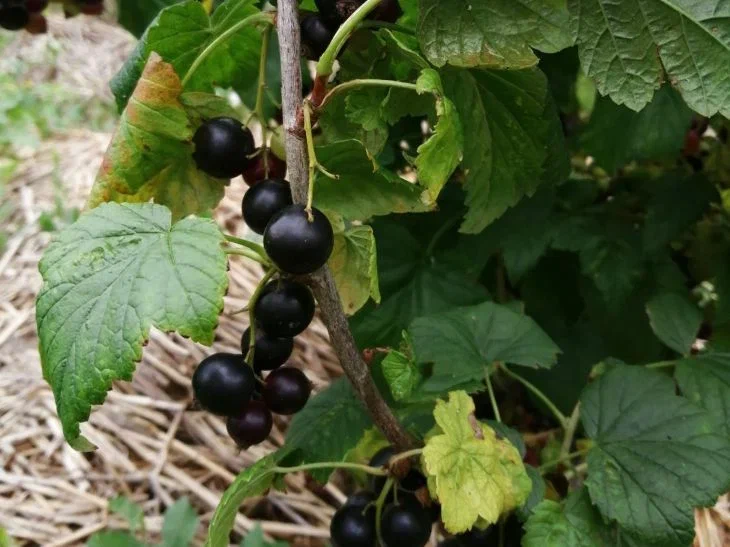It seems that pruning currants is a simple task. But why do some bushes burst with fruit after pruning, while others wither?
It turns out that even experienced gardeners often miss key details, turning a useful procedure into a useless haircut.
The main rule: cut without sparing
Blackcurrant bears fruit on young shoots. The stronger the growth per year, the more abundant the harvest. If you leave old branches, the bush will spend energy on maintaining the "ballast", and the berries will be crushed. Already in the 4th year, the branches become useless - they are cut to the root.

After harvesting, remove the fruiting shoots - they are no longer needed.
When planting, a young seedling is cut to 3-5 buds. This stimulates the growth of strong branches, which will give the first harvest in a year.
When More Isn't Better
Currants love space. If the bush resembles an impenetrable jungle, the berries will hide in the depths, and diseases and pests will settle comfortably.
On an average bush leave 9-12 branches, on a strong one - up to 15, on a weak one - no more than 5.
If the annual growth is less than 40 cm, cut the branches back to 4-5 buds - this will awaken the dormant buds.
Hybrid varieties are often capricious: even with ideal pruning, they can produce a harvest every other season.
Rejuvenation instead of uprooting
There is no need to pull out the old bush. Radical pruning will restore its strength.
Remove all branches older than 3 years, leaving 2-3 young shoots. If the bush is weak, cut it completely to ground level. New shoots will appear from dormant buds at the roots.
Important! Do not confuse black and red currants. The red currants also bear fruit on old branches, so they are pruned more carefully.
Proper pruning is not just a "haircut". It is a dialogue with the plant, where you give it a chance for a second life. Try it - and the bushes will thank you with berries, which will be enough for jam and for the neighbors.
